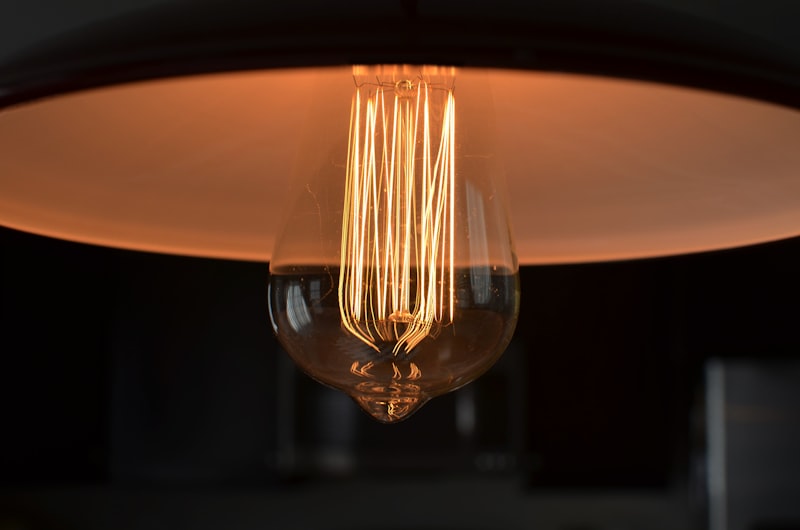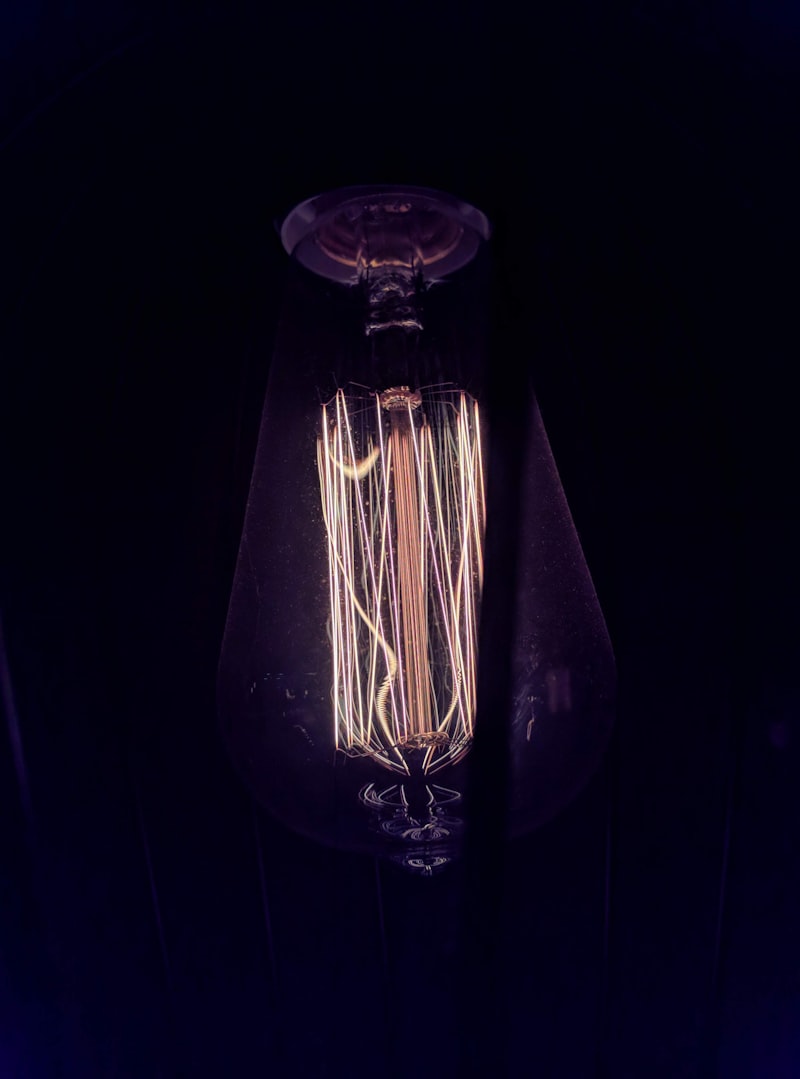Is your car’s check engine light on? And to make matters worse, is the ABS and brake light also illuminated? Don’t panic just yet. This article will shed some light on what these warning lights could mean and what steps you can take to address the issue.
When your check engine light comes on, it’s your vehicle’s way of telling you that there’s a problem with the engine or its related components. It could be something as simple as a loose gas cap or something more serious like a malfunctioning sensor. However, when the ABS and brake lights accompany the check engine light, it indicates a potential issue with your vehicle’s braking system.
The Anti-lock Braking System (ABS) is responsible for preventing your wheels from locking up during sudden stops. If the ABS light is on, it suggests that this crucial safety feature may not be functioning properly. On the other hand, the brake light typically indicates a problem with the hydraulic brake system, such as low brake fluid or worn brake pads.
Now, let’s dig deeper into the possible causes of these warning lights. One common culprit is a faulty wheel speed sensor. The ABS relies on these sensors to monitor the rotational speed of each wheel. If one of them malfunctions, it can trigger both the ABS and brake warning lights.
Another possibility is a damaged or worn-out brake pad. When your brake pads wear down, the brake fluid level drops, which can activate the brake light. It’s essential to address this issue promptly, as worn brake pads can compromise your ability to stop quickly and safely.
Additionally, issues with the brake fluid level or ABS module can also trigger these warning lights. Low brake fluid levels may indicate a leak in the system, while a malfunctioning ABS module might require professional attention to resolve.
In any case, it’s crucial to have your vehicle inspected by a qualified mechanic as soon as possible. They will use specialized diagnostic tools to identify the exact cause of the warning lights. By addressing the underlying problem promptly, you can ensure your safety on the road and prevent further damage to your vehicle.
Remember, never ignore warning lights, especially when multiple lights illuminate simultaneously. Your car is trying to communicate with you, and it’s up to you to listen and take action. So, stay vigilant, get your vehicle checked out, and drive with confidence knowing that you’ve addressed the issue at hand.
Mysterious Malfunction: Check Engine, ABS, and Brake Lights Illuminate Dashboards Across the Nation
Introduction:
Have you ever experienced that heart-sinking moment when your car’s dashboard lights up like a Christmas tree? It’s a scenario that many drivers dread – the sudden illumination of the check engine, ABS, and brake lights. This mysterious malfunction has been plaguing drivers across the nation, leaving them puzzled and concerned about their vehicle’s condition. In this article, we delve into the possible causes behind this perplexing issue and provide some insights on what actions you can take to address it.
The Enigmatic Trio: Check Engine, ABS, and Brake Lights:
Picture this: you start your car, and everything seems fine until those dreaded lights flicker to life on your dashboard. Why do these three lights often illuminate together? Well, it’s important to note that they are interconnected systems in your vehicle. The check engine light indicates an issue with the engine, while the ABS (Anti-lock Braking System) light warns of a problem with the braking system. The brake light, on the other hand, alerts you to potential issues with your brakes. When all three lights come on simultaneously, it suggests a complex underlying problem that requires immediate attention.
Potential Causes:
Unraveling the mystery behind this simultaneous illumination can be challenging. Several factors could contribute to this enigma. It might be a faulty sensor, such as a malfunctioning wheel speed sensor or an oxygen sensor. Electrical glitches, loose or damaged wiring, or even a drained battery could also play a role. Additionally, a malfunctioning engine control unit (ECU) or problems with the ABS module may trigger this perplexing phenomenon.
What Should You Do?
When faced with this disconcerting situation, the first step is to remain calm. Panic won’t solve anything, but taking appropriate action will. Since the underlying cause can vary, it’s advisable to consult a qualified mechanic or visit an authorized service center. They possess the expertise and diagnostic tools needed to identify the precise issue and conduct necessary repairs. Attempting a DIY fix without proper knowledge could exacerbate the problem or lead to unnecessary expenses.
Conclusion:
The simultaneous illumination of the check engine, ABS, and brake lights is undoubtedly a mystifying occurrence that drivers encounter across the nation. Understanding the interconnection between these systems and seeking professional assistance are vital steps towards resolving this issue. Remember, it’s better to address the problem promptly than to ignore it and potentially jeopardize your safety on the road. So, if you ever find yourself facing this mysterious malfunction, take action and let the experts shed light on the situation.
Drivers Beware! Check Engine Light Teams Up with ABS and Brake Light for Triple Trouble
Picture this: you’re cruising down the road, enjoying the wind in your hair and the open road ahead, when suddenly, a trio of trouble strikes. It’s every driver’s nightmare—the dreaded combination of the Check Engine Light, the ABS Light, and the Brake Light all illuminating on your dashboard simultaneously. Panic sets in as you wonder what could possibly be wrong with your beloved vehicle. Well, fear not, dear driver, for I am here to shed some light on this triple trouble and guide you through the maze of possibilities.
First things first, let’s decipher these warning lights. The Check Engine Light is like the vigilant guardian of your engine’s health. It alerts you to potential issues with the engine or its components, ranging from minor hiccups to more serious malfunctions. On the other hand, the ABS Light signifies a problem with your vehicle’s Anti-lock Braking System. This system plays a crucial role in preventing your wheels from locking up during sudden braking, ensuring better control and stability. Lastly, the Brake Light warns you about any problems with your braking system, such as low fluid levels or worn brake pads. It’s essential for maintaining your vehicle’s stopping power.

When these three lights join forces, it’s a clear indication that something requires immediate attention. Although the precise cause can vary depending on your vehicle’s make and model, there are a few common culprits worth considering. One possibility is a faulty sensor. Sensors are the eyes and ears of your vehicle’s various systems, and if one goes awry, it can trigger multiple warnings simultaneously. Another potential culprit could be an issue with your vehicle’s electrical system, which may result in false signals being sent to the dashboard.
Furthermore, it’s crucial to remember that ignoring this triple threat could have dire consequences. While some issues might be less urgent, others could compromise your safety on the road. Therefore, it’s advisable to act promptly and seek professional help when faced with this conundrum. An experienced mechanic will have the necessary diagnostic tools and expertise to identify the underlying problem accurately.
Encountering the Check Engine Light, ABS Light, and Brake Light all at once can be a distressing situation for any driver. However, by understanding the role of each light and considering potential causes, you can navigate through this triple trouble with confidence. Remember, safety should always be your top priority, so don’t hesitate to consult a qualified professional who can unravel the mystery and get you back on the road to worry-free driving.
Automotive Nightmare: Check Engine, ABS, and Brake Lights Signal Widespread Vehicle System Failures
Introduction:
Imagine driving along a scenic route, enjoying the wind in your hair, when suddenly your vehicle’s dashboard lights up like a Christmas tree. The check engine light, ABS light, and brake light all start glaring at you simultaneously. Panic sets in as you wonder what could be wrong with your beloved car. These warning lights are not to be taken lightly, as they often signal widespread vehicle system failures that require immediate attention. In this article, we’ll explore the implications of these alarming lights and what steps you should take when faced with such an automotive nightmare.

The Check Engine Light:
Let’s start with the most common culprit—the check engine light. When this light illuminates, it indicates that your vehicle’s onboard diagnostic system has detected an issue with one or more components of the engine. This could range from something relatively harmless, such as a loose gas cap, to a potentially serious problem like a malfunctioning sensor or a misfiring cylinder. Ignoring the check engine light can lead to reduced fuel efficiency, increased emissions, and even major engine damage. It’s crucial not to brush off this warning and address the underlying issue promptly.
The ABS Light:
Next on our list is the ABS light, which stands for Anti-lock Braking System. When this light comes on, it means that there’s a fault within the ABS system—a vital component responsible for preventing wheel lock-up during sudden braking situations. A malfunctioning ABS system compromises your vehicle’s ability to maintain traction and stability while braking, especially on slippery roads. Without proper functioning ABS, your car’s stopping distance may increase, posing a significant risk to your safety and that of others on the road.
The Brake Light:
Finally, the brake light demands your immediate attention if it flickers or remains continuously illuminated. While this light may simply indicate that your parking brake is engaged, it could also indicate low brake fluid levels, worn-out brake pads, or even a hydraulic system failure. Brakes are undoubtedly one of the most critical safety features in any vehicle, and driving with compromised brakes can have dire consequences. It’s crucial to have the brake system inspected by a qualified mechanic without delay.
Conclusion:
When the check engine light, ABS light, and brake light all illuminate simultaneously, it’s a clear sign of widespread vehicle system failures that demand urgent action. Ignoring these warnings can result in further damage to your car, compromised safety, and costly repairs down the line. Therefore, it’s essential to take your vehicle to a reputable mechanic as soon as possible when faced with this automotive nightmare. Remember, regular maintenance and prompt attention to warning lights can help ensure your vehicle stays on the road, keeping you safe and worry-free. Stay vigilant and address the issues promptly to enjoy a smooth and trouble-free ride.
SOS on Dashboard: Check Engine, ABS, and Brake Lights Demand Attention from Frustrated Car Owners

Have you ever experienced the frustration of seeing multiple warning lights illuminated on your car’s dashboard? It’s like a symphony of distress signals, demanding your attention and leaving you feeling bewildered. Among the most common lights that can trigger panic are the Check Engine light, ABS light, and Brake light. These three amigos of automotive anxiety have the power to turn an enjoyable drive into a nerve-wracking ordeal.
Let’s start with the notorious Check Engine light. When this light flickers to life, it’s essentially your car’s way of saying, “Houston, we have a problem.” It indicates that something is amiss in your vehicle’s engine system, which could be as minor as a loose gas cap or as major as a malfunctioning sensor. Ignoring this light might mean overlooking an issue that could worsen over time, potentially leading to costly repairs down the road.
Next up is the ABS light, standing for Anti-Lock Braking System. This light acts as a watchdog over your car’s braking system. If it illuminates, it suggests a fault within the ABS, which is designed to prevent your wheels from locking up during emergency stops. When the ABS light shines, your car’s ability to brake effectively may be compromised, so it’s crucial to address the issue promptly for optimal safety on the road.
Last but not least, we have the Brake light. When this light flashes, it’s raising a red flag regarding your car’s braking mechanism. It could signify low brake fluid levels, worn brake pads, or even a malfunction in the hydraulic system. Regardless of the cause, it’s vital to take heed of this warning and have your brakes inspected by a qualified mechanic to ensure they’re in proper working order.
So, what should you do when confronted with this dashboard SOS? First, resist the urge to panic and keep calm. Remember that these lights are there to alert you, not to induce panic attacks. Second, consult your car’s owner manual to gain insight into the specific meanings behind each light. While it’s tempting to play detective and diagnose the issue yourself, it’s advisable to seek professional assistance for an accurate diagnosis and appropriate repairs.
